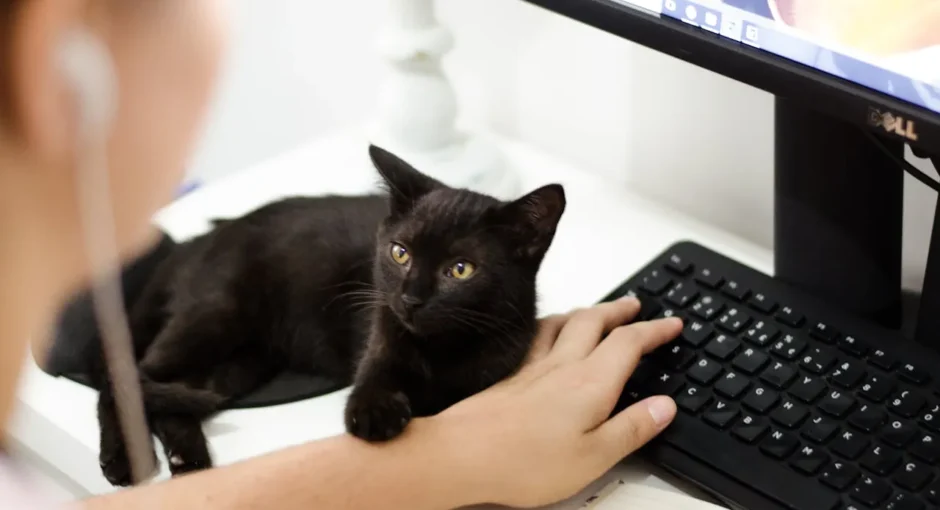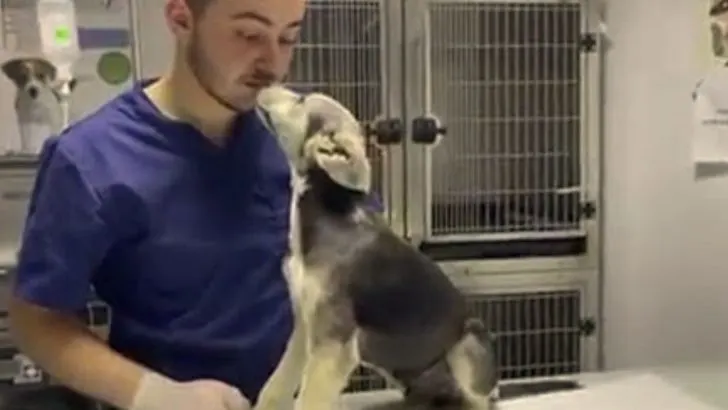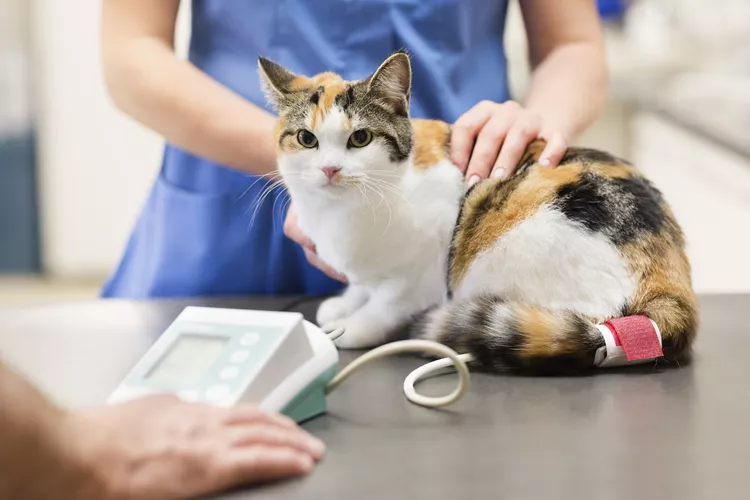Losing a cat can be a distressing experience for any owner or caregiver. Cats are curious and independent creatures, and their wandering nature can put them at risk of getting lost or encountering harm. Thankfully, there are several measures you can take to lower the risk of losing your beloved feline friend and ensure their safety.
In this article, we will explore 7 essential tips to protect your cat from harm and prevent them from becoming lost. These tips cover various aspects of cat care and provide effective strategies to keep your cat safe, whether they are an indoor or outdoor cat.
By implementing these cat safety tips and cat-proofing your home, you can provide a secure environment for your feline companion, free from potential hazards. From microchipping and identification to creating an enriching indoor environment and training your cat, there are numerous ways to safeguard your cat’s well-being.
Let’s dive into these 7 things you should know to keep your furry friend safe and sound.
Read more: Why Do Cats Like To Scratch Objects? 5 Things Below Will Answer For You
Chip or ID tag
One of the most important steps in keeping your cat safe from getting lost is microchipping. By microchipping your cat, you provide them with a permanent form of identification. A tiny microchip, about the size of a grain of rice, is inserted under the skin. This microchip contains a unique identification number that can be scanned by a veterinarian or animal shelter.
Registering the microchip with your contact information is crucial. This way, if your cat ever becomes lost, anyone who finds them can easily contact you. It’s essential to keep your microchip information up to date, especially if you move or change phone numbers.
In addition to microchipping, it’s also beneficial to have ID tags on your cat’s collar. These tags should include your current contact information. Having visible identification serves as an extra layer of protection, as it allows anyone who finds your cat to reach out to you directly.
By microchipping your cat and using ID tags, you significantly increase the chances of your cat being returned to you if they are found. These measures provide peace of mind and ensure that your beloved feline friend can be easily identified and reunited with you.
Keep your cat indoors
Keeping your cat indoors is one of the best ways to ensure their safety and well-being. Indoor cats are protected from the numerous dangers that outdoor environments pose, including traffic accidents, encounters with predators, and exposure to diseases.
By providing an enriching indoor environment, you can create a stimulating and enjoyable space for your cat to thrive. Here are some tips for creating an enriching indoor environment:
- Offer plenty of toys and interactive playtime to keep your cat mentally and physically stimulated.
- Provide scratching posts and climbing structures to satisfy your cat’s natural instincts.
- Set up cozy resting spots where your cat can relax and feel comfortable.
- Introduce puzzle feeders or food-dispensing toys to keep meal times engaging and mentally challenging.
- Create safe access to window perches or secure outdoor enclosures that allow your cat to enjoy the sights and sounds of the outdoors without the risks.
While some cat owners may feel that keeping cats indoors restricts their freedom, the benefits of indoor cat care far outweigh the potential dangers of allowing cats to roam outdoors. By providing a safe and enriching indoor environment, you can ensure your cat’s happiness, health, and longevity.
Read more: Understanding Cat Licks: Why Does My Cat Lick Me?
Take photos of your cat
Having current photos of your cat is crucial for identifying them if they become lost. Photos that capture their unique physical characteristics and markings can be invaluable in locating and bringing them home safely.
When taking photos of your cat, keep the following tips in mind:
- Find good lighting: Take photos of your cat in natural light or a well-lit area to ensure clear and accurate images.
- Get different angles: Take photos of your cat from different angles to showcase their distinguishing features.
- Capture unique markings: Pay attention to any unique markings, such as spots, stripes, or patterns, and make sure to include these details in the photos.
- Focus on the face: The face is often the most recognizable part of a cat, so be sure to capture clear and close-up images of their face, including any distinct markings on their nose or around their eyes.
- Include full-body shots: Along with close-ups, include full-body shots of your cat to provide a comprehensive view of their size and appearance.
Having a collection of high-quality photos of your cat not only helps in identifying them if they go missing, but it can also aid in creating flyers or sharing on social media to increase the chances of finding your lost pet.
Secure doors and windows
Cats are naturally curious and agile animals, and they can easily escape through open doors and windows if not properly secured. To prevent cat escapes and ensure their safety, it is important to take necessary measures to cat-proof your doors and windows.
Here are some tips to help you secure your doors and windows and create a safe environment for your cats:
- Install latches: Use secure latches on all doors and windows to prevent your cats from pushing them open. Make sure to choose latches that are cat-proof and cannot be easily manipulated or opened by your feline friends.
- Use screens: Install sturdy screens on windows and doors to keep your cats from slipping through or climbing out. Ensure that the screens are properly fitted and in good condition to prevent any gaps or tears that your cats could exploit.
- Secure window coverings: If you like to keep your windows open for fresh air, consider using window coverings that allow airflow while still preventing your cats from escaping. Options such as window guards or window mesh can be installed to provide a barrier for your curious felines.
Additionally, it’s important to be cautious when guests are entering or leaving your house. Cats can easily slip out unnoticed in the hustle and bustle of visitors coming and going. Make sure to communicate with your guests about the importance of keeping doors closed to prevent any accidental escapes.
By cat-proofing your doors and windows, you can significantly reduce the risk of your cats escaping and experiencing potential dangers outside. Creating a secure and cat-friendly environment in your home is essential for the well-being and safety of your beloved feline companions.
Read more: Why Do Cats Often Curl Up When Sleeping? The Following 6 Reasons Will Answer Your Question
Travel with your cat
When it comes to traveling with your beloved feline companion, it’s essential to take precautions to ensure their safety and prevent them from getting lost in unfamiliar surroundings. Follow these tips to make your cat’s journey stress-free and secure.
- Use a secure carrier: Invest in a high-quality, sturdy cat carrier that is specifically designed for travel. A carrier with strong locks and good ventilation will keep your cat safe and comfortable during the journey.
- Keep identification tags on your cat: Before embarking on your trip, make sure your cat is wearing identification tags with your current contact information. In case your cat accidentally escapes during travel, these tags will increase the chances of a safe return.
- Create a safe and comfortable space: Set up a cozy area within the carrier that includes familiar bedding or a favorite toy. This will help your cat feel secure and reduce stress during the journey.
Remember to always prioritize your cat’s safety and comfort while traveling. By taking these precautions, you can enjoy your journey while keeping your feline friend safe and secure.
Train your cat
Cats can be trained to respond to recall commands, which helps prevent them from straying too far. Training your cat not only enhances their safety but also strengthens the bond between you and your feline friend.
To teach recall commands to your cat, start with small training sessions in a quiet and familiar environment. Use positive reinforcement techniques, such as treats or praise, to reward your cat for coming to you when called. Repeat the command consistently and gradually increase the distance between you and your cat.
Consistency and patience are key when training your cat. Reinforce the recall command regularly and practice in different locations to generalize the training. Remember to keep the training sessions short and enjoyable for your cat.
It is also important to discourage wandering behaviors in your cat. Provide them with plenty of mental and physical stimulation at home to fulfill their natural instincts and reduce the desire to roam. Engage in interactive play sessions and provide scratching posts and climbing structures to keep your cat mentally and physically active.
By training your cat and shaping their behavior, you can increase the chances of your feline companion staying within safe boundaries and prevent them from wandering off.
Use a GPS tracker for your cat
When it comes to ensuring the safety and well-being of your beloved feline friend, using a GPS tracker is a smart choice. These innovative devices are designed specifically for cats and provide an effective way to locate them if they ever go missing.
With a cat GPS tracker, you can have peace of mind knowing that you have a reliable tool to track and locate your cat. These trackers use advanced technology to provide real-time tracking data, allowing you to pinpoint your cat’s exact location at any given time.
Whether your cat is an indoor adventurer or loves to explore the great outdoors, a GPS tracker can be a lifesaver. If your cat happens to venture beyond their usual boundaries, you can quickly and easily locate them with the help of this device.







